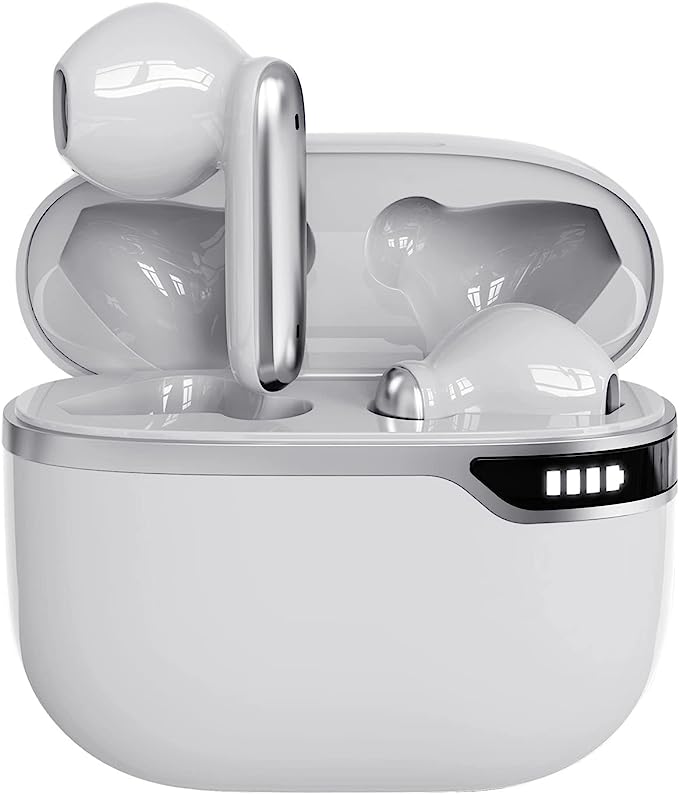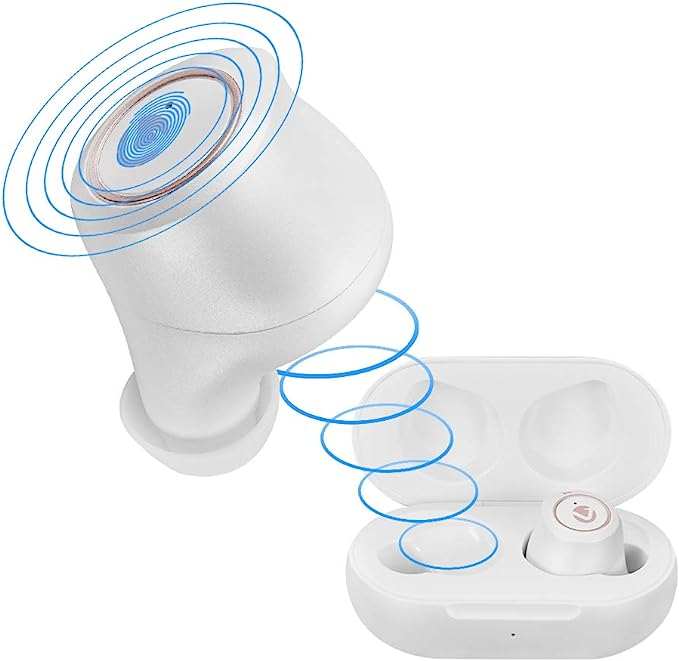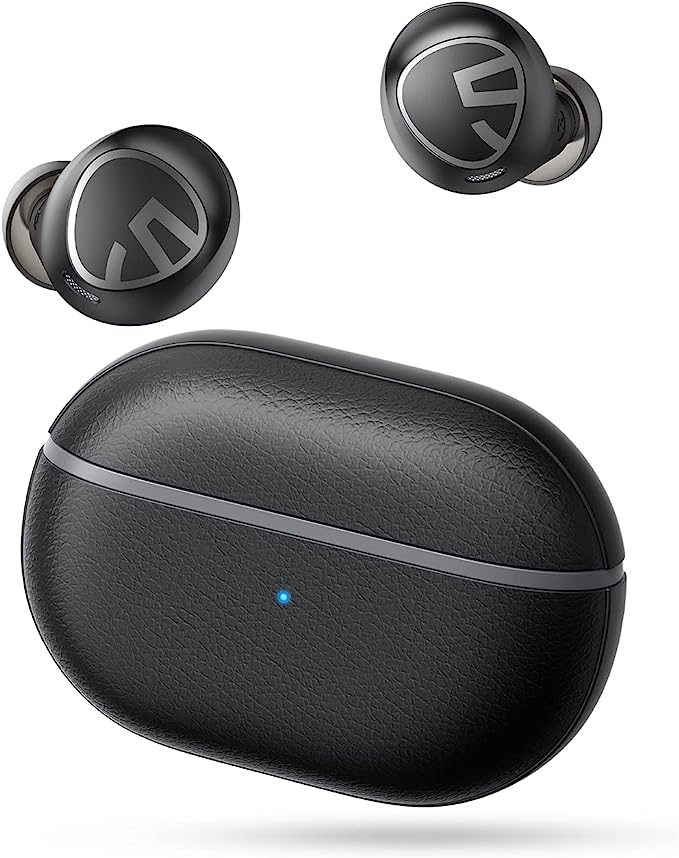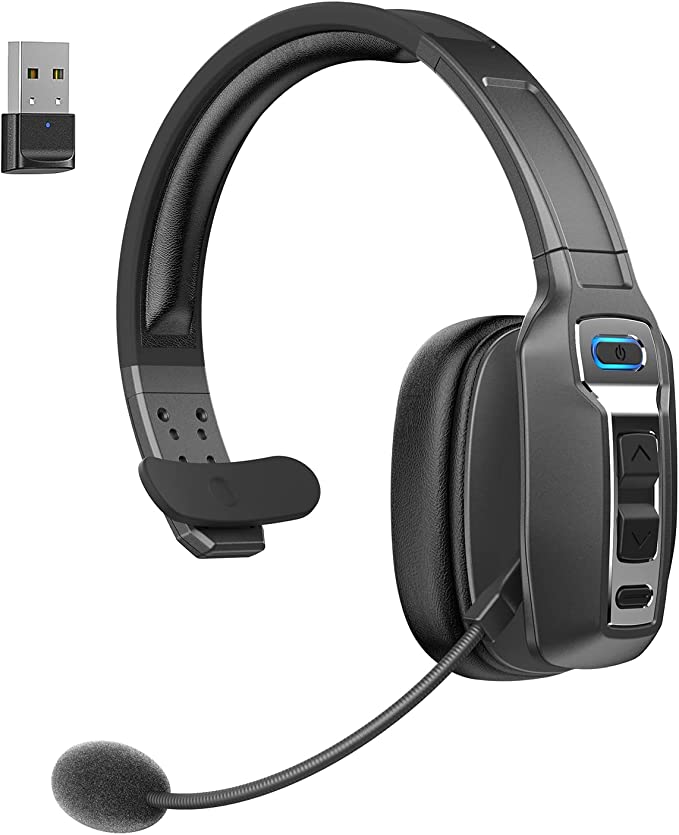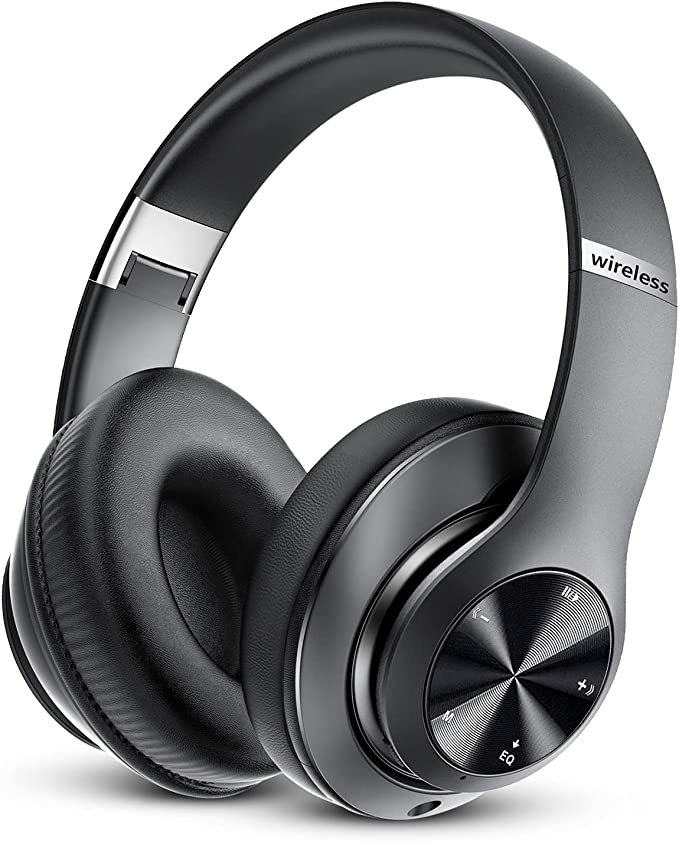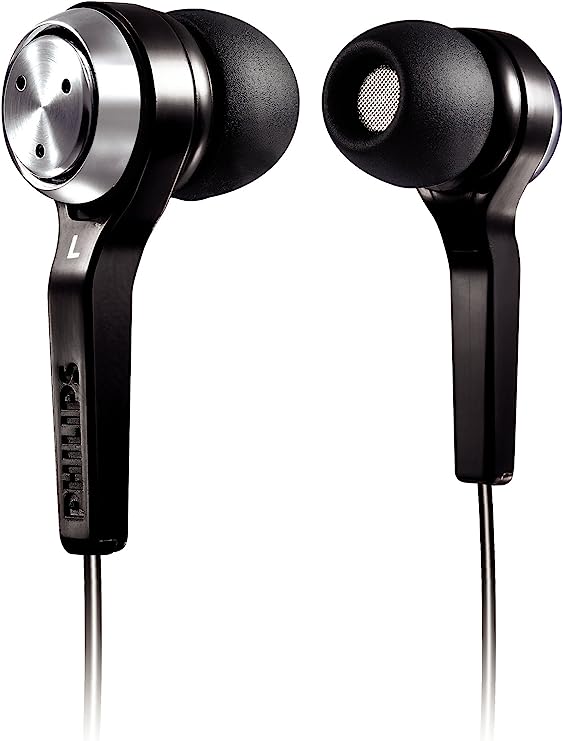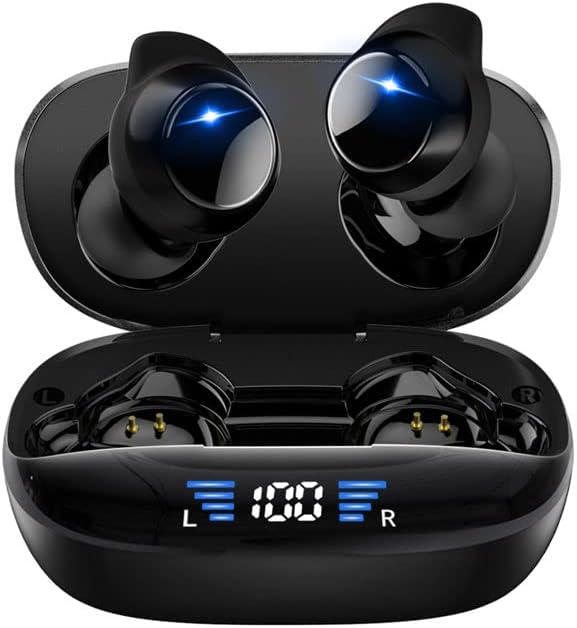The 'Portable AC' Illusion: Why Your Mini Air Cooler Isn't Working
Update on Oct. 7, 2025, 2:33 p.m.
It’s a familiar story in the sweltering peak of summer. The heat is relentless, the central air is struggling to reach your home office, and your personal space feels like an oven. In a desperate search for an affordable, convenient escape, you encounter what seems like a miracle: a small, stylish “portable air conditioner.” Devices like the Vosaf BK20PLUS626 flood your social media feeds, promising an “instant oasis” and the power to bring ambient temperatures down to a blissful 65-75°F (18-24°C), all from a compact, USB-powered box.
But a curious case has emerged from the heat. Thousands of consumers, lured by these cool promises, find themselves still sweating, their rooms no cooler than before. The internet is awash with the ghosts of unmet expectations, and a central mystery unfolds: If these devices promise the power of an air conditioner, why are so many people left feeling just… fanned? As tech investigators, we’re opening the case file on these personal air coolers. The truth, as it turns out, is not about a few faulty units, but a fundamental misunderstanding of what this technology is, fueled by clever marketing and a gap in our collective understanding of basic physics.

Exhibit A: The Seductive Promise
First, let’s examine the marketing language, the primary tool used to build this illusion. The product page for the Vosaf unit, and countless others like it, paints a picture of profound cooling power. Phrases like “Beat the Heat Instantly” and “transforming any space into a comfortable oasis” are meticulously chosen. They speak directly to our primal, desperate need for relief from oppressive heat. The promise is not just a gentle breeze; it is a significant, measurable drop in your room’s temperature. It’s the promise of true air conditioning, but magically stripped of its typical drawbacks: high cost, loud noise, complex installation, and soaring energy bills. This is a powerful, almost irresistible narrative for anyone wilting in a heatwave.

Exhibit B: The Chilly Reception from Users
Now, let’s pivot from the promise to the reality, presented in the unfiltered testimony of actual users. If the marketing is the theory, the customer reviews are the experimental results. The Vosaf BK20PLUS626 holds a stark 2.3 out of 5 stars on Amazon. Nearly half of all ratings—a staggering 49%—are the lowest possible one-star review. This isn’t a mixed reception; it’s a landslide of disappointment.
These aren’t just numbers; they are stories of thermal frustration. One verified purchaser, Christine Snyder, titles her review “An Overpriced Fan,” stating with clarity, “Even when filled with ice cold water, still does not cool even a small space. I saw no change in temperature in the space for over 2 hours with it running on high.” Another user, Barbara Gonzalez, sought a temporary solution when her central air broke. Her verdict? “It blows a nice breeze like any regular fan would… If you’re looking for actual cold air this is not it.”
The testimonies repeat a common theme with uncanny consistency: the device circulates air, it might add a cool mist if you’re directly in its path, but it does not condition the air or lower the overall room temperature in any meaningful way. The promise of an oasis evaporates, leaving behind a hard truth that cost $70: it’s just a fancy fan. The evidence is clear: a Grand Canyon-sized gap exists between what these products claim and what they deliver. To understand why, we must put on our detective hats and follow the physical clues.
The Investigation: Following the Clues
Every mystery has clues that, once understood, reveal the simple truth. In this case, the clues aren’t hidden; they’re listed right in the product specifications.
Clue #1: The Power Cord (The Energy Story)
The first and most damning piece of evidence is the power source: a 5-volt USB cable. The listed wattage is a mere 7.49 watts. Let’s put that number in perspective. A typical smartphone charger operates at 5 to 10 watts. The smallest, least powerful window-mounted air conditioner, rated at 5,000 BTU, consumes around 500 watts of power.
This isn’t a small difference; it’s a difference of orders of magnitude. Cooling is an energy-intensive process governed by the laws of thermodynamics. Moving heat from inside your room to the outside requires real work, and that work requires significant power. The 7.49 watts drawn by the Vosaf unit is physically sufficient to power a small fan and a tiny water pump, but it is fundamentally, scientifically incapable of performing the work required for genuine air conditioning. Claiming it can is like claiming a scooter can tow a freight train. The energy simply isn’t there.
Clue #2: The Water Tank (The Method of Operation)
The second major clue is the 1400ml water tank and the constant instruction to add “ice or cold water.” A true air conditioner is a closed system that uses a chemical refrigerant; you never need to add water to it. The need for water reveals the device’s true identity. It operates on a completely different principle: evaporative cooling.
Think about why you feel cold when you get out of a swimming pool. As the water on your skin evaporates, it turns from a liquid to a gas. This phase change requires energy, which it pulls directly from your skin in the form of heat. The result is a cooling sensation. The Vosaf cooler is just a machine designed to replicate this effect. It pulls in warm, dry air, passes it through a wet medium, and a fan blows the now slightly cooler, more humid air at you. It’s not destroying heat; it’s just using the clever trick of evaporation to create a localized cool breeze.
The Revelation: Unmasking the Impostor
With all the clues on the table—the minuscule power draw, the constant thirst for water, and the unbending laws of thermodynamics—the identity of our culprit becomes clear. This device is not an air conditioner. It is an evaporative cooler, also known as a swamp cooler or, more simply, a misting fan.
And this distinction is everything. While a true air conditioner actively removes heat and humidity from a room, an evaporative cooler adds humidity. In a dry, arid climate like Arizona or Nevada, this can be a pleasant and energy-efficient way to cool down. But in a humid environment—like the American South, the Northeast, or much of Europe in the summer—adding more moisture to the air can make you feel even more sticky and uncomfortable, negating any slight cooling effect from the breeze. This is why some users in very specific conditions might report a positive experience, while the vast majority are left wondering why their room now feels like a warm swamp.

The Verdict: A Crime of Misleading Classification
The Vosaf BK20PLUS626 isn’t necessarily a scam in that it’s an empty box. It is a functional evaporative cooler. The true offense is one of misleading classification. By calling itself a “Portable Air Conditioner,” the product sets an expectation that it is physically incapable of meeting. It preys on the hope that a technological shortcut to comfort exists, bypassing the laws of physics that govern cooling.
For the consumer, the takeaway is to become a more discerning detective. Before you click “buy” on any personal cooling device, investigate these two things:
- The Power: Look for the wattage. If it’s a single-digit number and powered by USB, it is not an air conditioner. It is a fan, perhaps with a gimmick.
- The Method: Does it require water? If so, it’s an evaporative cooler. Consider your climate’s humidity. If you live anywhere humid, it will likely make you less comfortable.
In the case of the Vosaf BK20PLUS626 and its many clones, the mystery is solved. It’s not a revolutionary cooling device; it’s a lesson in marketing and a reminder that when something sounds too good to be true, it’s time to check the wattage. Your best defense against the heat isn’t a magic box, but a little bit of knowledge.
